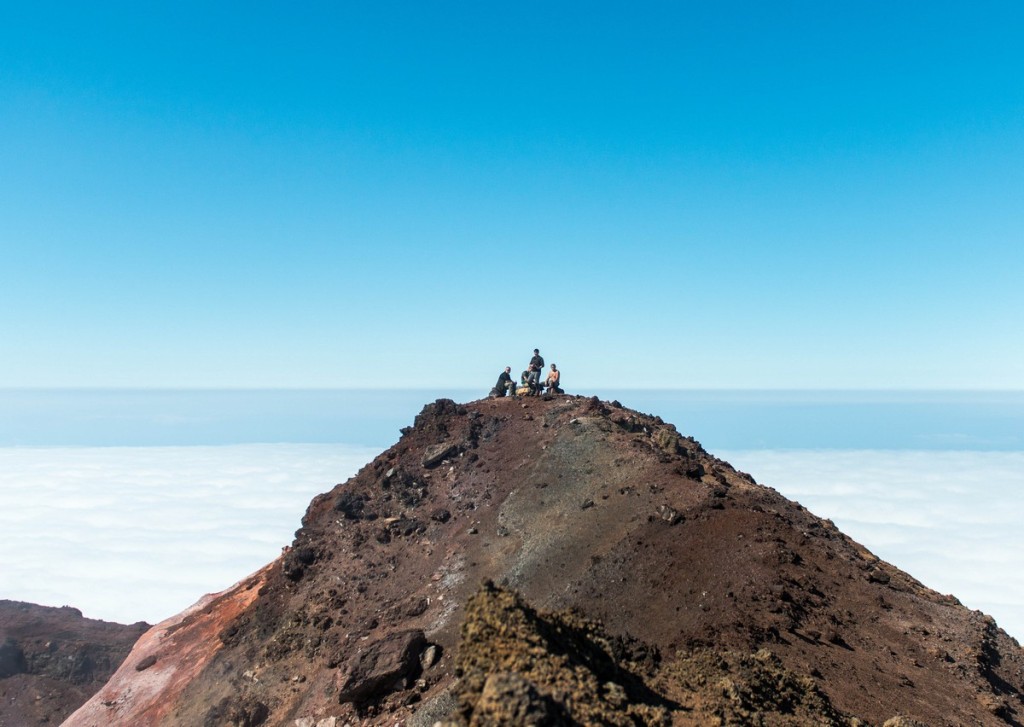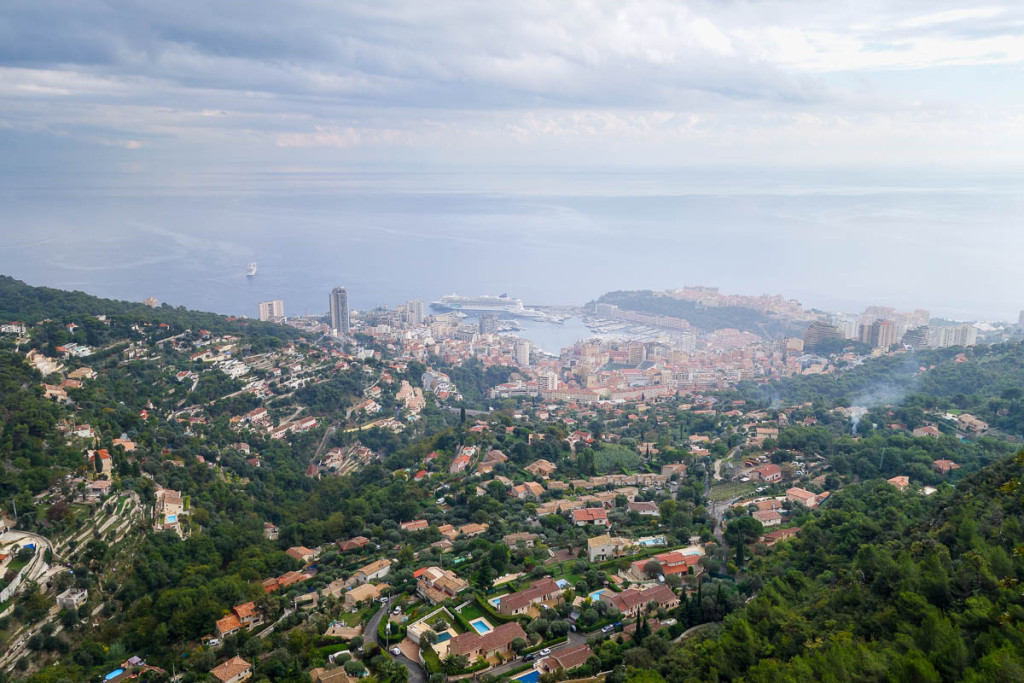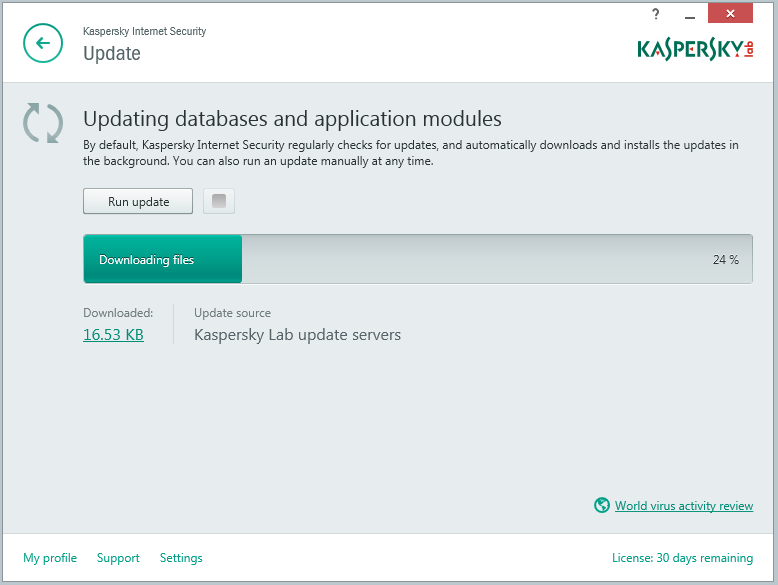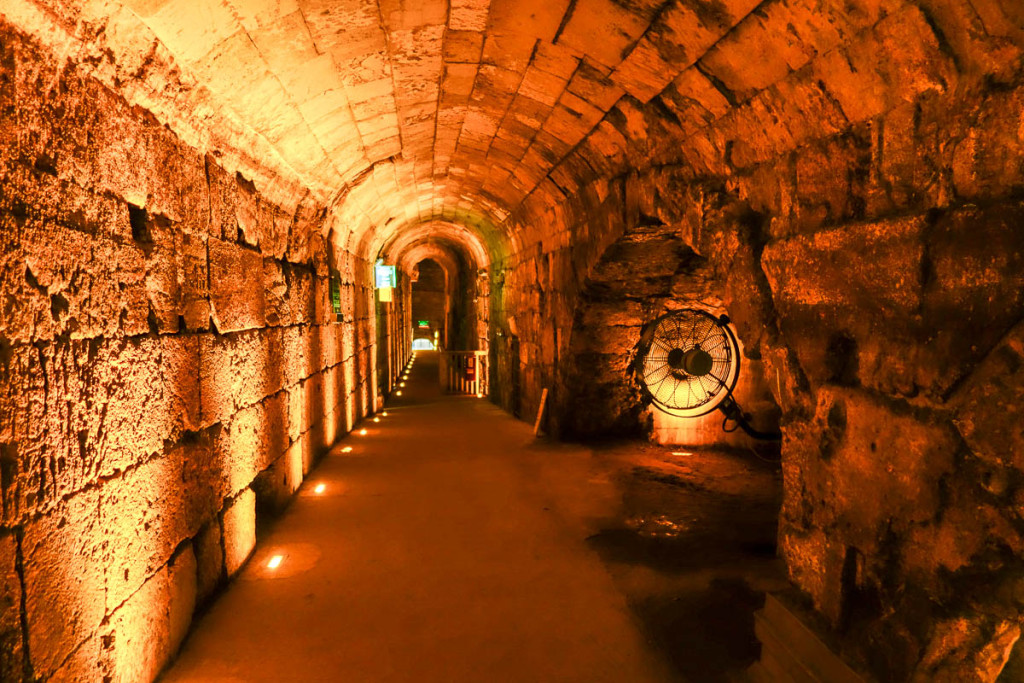The Kuril Islands are bleak – plain and simple. Extreme weather, poor communications with the continent, a 100% mark-up on all imported goods (and just about all goods are imported from mainland Russia), and a constant threat of natural disasters such as volcano eruptions, earthquakes and tsunami!
It takes a tough individual to survive here; an even tougher individual to love the place. However, there are things to love about it; you just need to know where to look…
The total land mass of all the Kurils is slightly less than that of Israel or Slovenia, or about half the size of Belgium. However, its population is only around 20,000, half of which lives in three towns: (i) Severo-Kurilsk (North-Kurilsk), (ii) Kurilsk, and (iii) Yuzhno-Kurilsk (South-Kurilsk). All very logical.
Surprisingly, the first two have the official status of town, yet their populations combined are smaller than that of the third, which is officially deemed an ‘urban type settlement’. (Logical?) There are also a few tiny hamlets plus seasonal fishing villages which come to life in the summer after hibernating through the winter.
So what’s it like living on the Kuril Islands?

Read on: your complete guide to Kuril settlements…
 The view from the top of the hill – from a village called La Turbie
The view from the top of the hill – from a village called La Turbie









